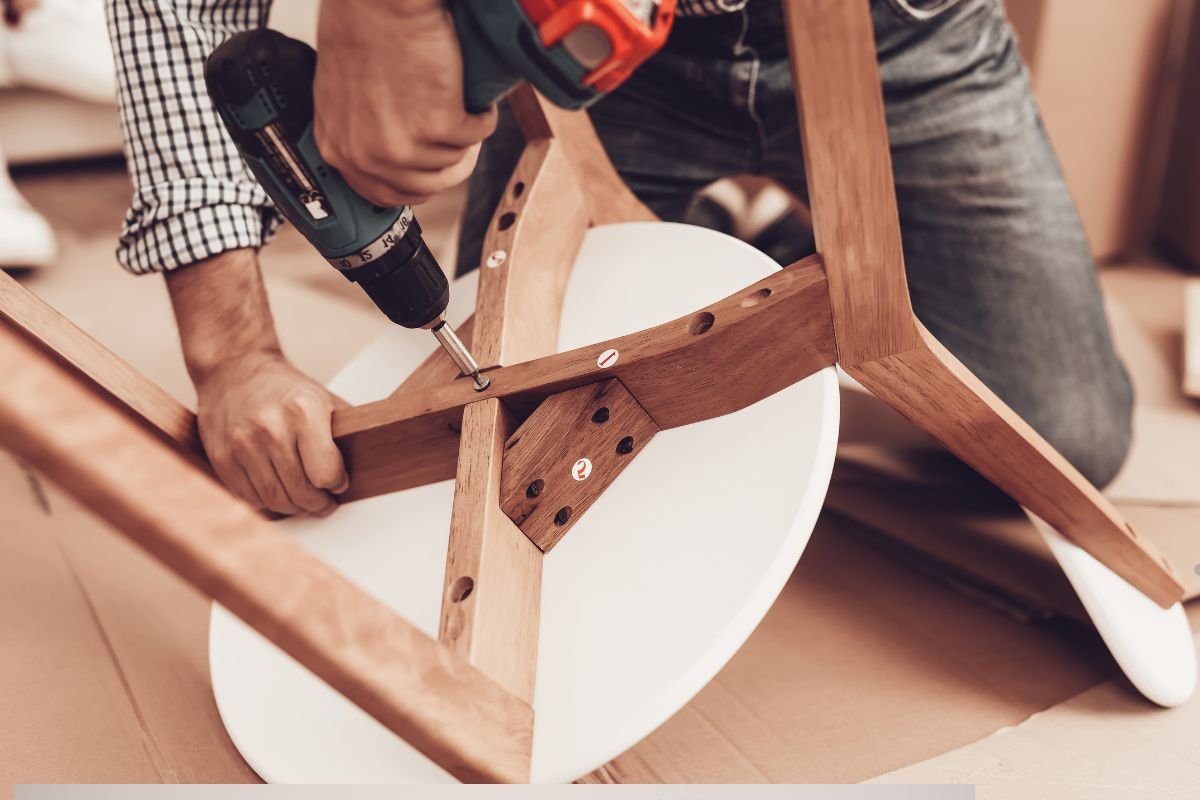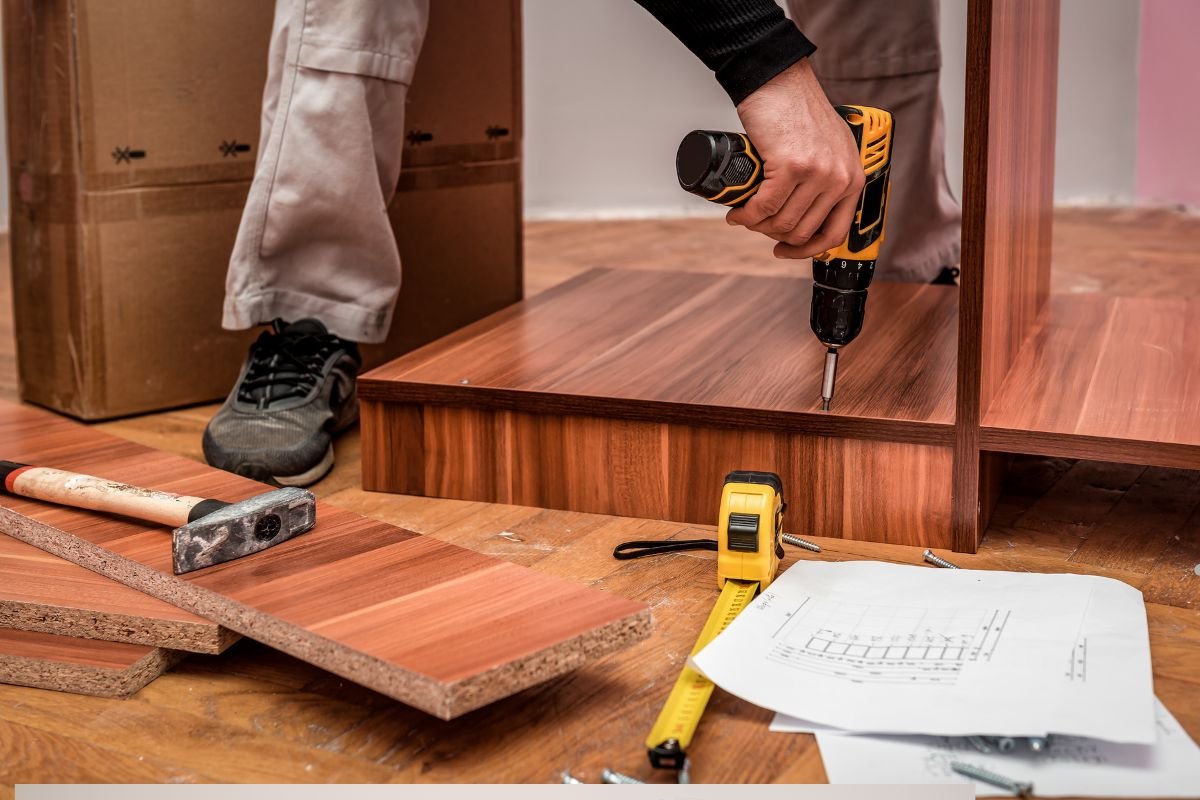
Is your beautiful bone inlay furniture showing signs of wear and tear? Don’t worry; you can often restore its beauty yourself! This comprehensive guide will walk you through repairing common problems like cracks, chips, and loose inlays. While some repairs are best left to professionals, many can be tackled with the right tools, materials, and a bit of patience. Read on to learn how to breathe new life into your cherished bone inlay pieces.
Introduction

Bone inlay furniture is prized for its intricate designs, luxurious feel, and unique craftsmanship. From dressers and side tables to decorative boxes and picture frames, these pieces add a touch of elegance to any home. However, the delicate nature of bone inlay means it’s susceptible to damage. Over time, you might notice cracks, chips, or loose inlays. Fortunately, many of these issues can be addressed with some DIY know-how. This guide will provide the knowledge to tackle common bone inlay furniture repairs, saving you money and preserving the beauty of your furniture. For more tips and services, check out furniture repair.
Understanding Bone Inlay Furniture
What is Bone Inlay?
Bone inlay is a decorative technique where small pieces of bone, horn, mother-of-pearl, or other materials are carefully inlaid into a wooden or resin base to create intricate patterns and designs. The process involves carving out sections of the base material, inserting the bone pieces, and then filling any gaps with resin or a similar compound. Finally, the surface is sanded and polished to create a smooth, seamless finish. The artistry involved and the unique character of each piece make bone inlay furniture a sought-after addition to any home.
Materials Used
The most common material is, of course, bone, often from camels or buffalo, chosen for its durability and color. However, you’ll also see horn, mother-of-pearl, and even synthetic materials used in modern bone inlay furniture. The base is usually wood, although resin is becoming increasingly popular. The resin used to fill the gaps and create a smooth surface is typically epoxy or a similar durable compound. The quality of these materials significantly impacts the furniture’s longevity and how well it holds up to wear and tear. For more on maintaining and repairing wood furniture, visit wood furniture repair.
Considering a larger bone inlay repair project? Call us today for a free consultation!”
Common Bone Inlay Problems & Damages
Bone inlay furniture, while beautiful, is susceptible to several common problems:
Cracks in Resin or Bone
Temperature fluctuations and dryness can cause the resin and bone to crack. Small hairline cracks are common, but larger cracks can compromise the furniture’s structural integrity.
Chips and Missing Pieces
Accidental bumps or impacts can easily chip away at the delicate bone inlay, leaving unsightly gaps.
Loose or Detached Inlay
Over time, the adhesive holding the bone in place can weaken, causing the inlay pieces to loosen or detach completely.
Discoloration & Staining
Spills and exposure to sunlight can cause the bone inlay to discolor or stain, detracting from its original beauty. Addressing these problems promptly is crucial to preserving the value and appearance of your bone inlay furniture.
Essential Tools and Materials
Before you begin any repair, gather the necessary tools and materials:
- Bone Inlay Repair Kit: These kits often include the essentials for minor repairs.
- Wood Glue or Epoxy Resin: Choose a high-quality adhesive suitable for bonding bone to wood or resin.
- Putty Knife or Spatula: For applying filler and smoothing surfaces.
- Sandpaper (Various Grits): For smoothing rough edges and preparing surfaces for finishing.
- Exacta Knife or Precision Knife: For trimming excess filler and cleaning up edges.
- Color Matching Kit or Pigments: To match the color of the resin to the existing inlay.
- Bone Dust or Inlay Material: To fill in missing pieces.
- Small Brushes and Cleaning Cloths: For applying adhesives and cleaning surfaces.
- Safety Glasses and Gloves: Protect yourself from chemicals and debris. Having these tools on hand will ensure a smooth and successful repair process.
Step-by-Step Repair Guide
Repairing Cracks

- Clean the Crack: Use a soft brush or vacuum to remove any debris from the crack.
- Apply Adhesive: Carefully apply a thin layer of epoxy resin into the crack using a fine-tipped applicator.
- Clamp or Secure: Use clamps or tape to hold the edges of the crack together while the resin dries completely.
- Sand and Polish: Once the resin is dry, gently sand the surface smooth using fine-grit sandpaper. Polish to restore the shine.
Fixing Chips and Filling Gaps
- Clean the Area: Remove any loose debris from the chip.
- Prepare Filler: Mix epoxy resin with bone dust or a color-matched filler.
- Apply Filler: Carefully apply the filler to the chip, slightly overfilling the gap.
- Allow to Cure: Let the filler cure completely according to the manufacturer’s instructions.
- Sand and Shape: Use sandpaper and a precision knife to carefully shape the filler to match the surrounding inlay.
- Polish: Polish the repaired area to blend seamlessly with the rest of the furniture.
Reattaching Loose Inlay
- Clean Surfaces: Clean both the back of the loose inlay piece and the surface it will be attached to.
- Apply Adhesive: Apply a thin layer of wood glue or epoxy resin to both surfaces.
- Position and Secure: Carefully position the inlay piece and press it firmly into place.
- Clamp or Tape: Use clamps or tape to hold the inlay in place while the adhesive dries.
- Clean Excess: Wipe away any excess adhesive with a damp cloth.
Addressing Discoloration
- Gentle Cleaning: Try cleaning the discolored area with a mild soap and water solution.
- Specialized Cleaners: If soap and water don’t work, consider using a specialized bone inlay cleaner.
- Avoid Harsh Chemicals: Never use harsh chemicals or abrasive cleaners, as they can damage the inlay.
Safety Precautions
- Wear Safety Glasses and Gloves: Protect your eyes and skin from chemicals and debris.
- Work in a Well-Ventilated Area: Avoid inhaling fumes from adhesives and solvents.
- Follow Manufacturer’s Instructions: Always read and follow the manufacturer’s instructions for all products used.
- Dispose of Waste Properly: Dispose of used materials and chemicals according to local regulations.
Is safety a concern? Let the experts handle it. Call us for professional, safe bone inlay repair.”
Preventative Maintenance & Care Tips
- Dust Regularly: Use a soft, dry cloth to dust bone inlay furniture regularly.
- Avoid Direct Sunlight: Protect furniture from direct sunlight, which can cause fading and cracking.
- Control Humidity: Maintain a stable humidity level in your home to prevent the bone and resin from drying out.
- Use Coasters and Placemats: Protect the surface from spills and scratches.
- Avoid Harsh Chemicals: Never use harsh chemicals or abrasive cleaners.
When to Call a Professional
While many repairs can be done DIY, some situations require the expertise of a professional furniture restorer. Consider calling a professional if:
- The damage is extensive or complex.
- You’re not comfortable working with tools and chemicals.
- You’re concerned about damaging the furniture further.
- The furniture is particularly valuable or antique.
Cost of Professional Bone Inlay Repair
The cost of professional bone inlay repair varies depending on the extent of the damage and the complexity of the repair. Minor repairs, such as fixing small cracks or chips, may cost between $50 and $150. More extensive repairs, such as replacing large sections of inlay or restoring antique pieces, can cost several hundred dollars or more. While professional repair can be expensive, it can be a worthwhile investment to preserve the value and beauty of your bone inlay furniture.
Conclusion
Repairing bone inlay furniture can seem daunting, but with the right knowledge and tools, many repairs are within reach. By following this comprehensive guide and taking the necessary precautions, you can restore the beauty of your cherished bone inlay pieces and enjoy them for years to come. Remember, if you’re unsure about tackling a repair yourself, don’t hesitate to [call us] for professional assistance. Taking proper care of your bone inlay furniture will ensure its longevity and preserve its exquisite beauty.
Ready to restore your bone inlay furniture to its former glory? Contact us today for expert repair services.

